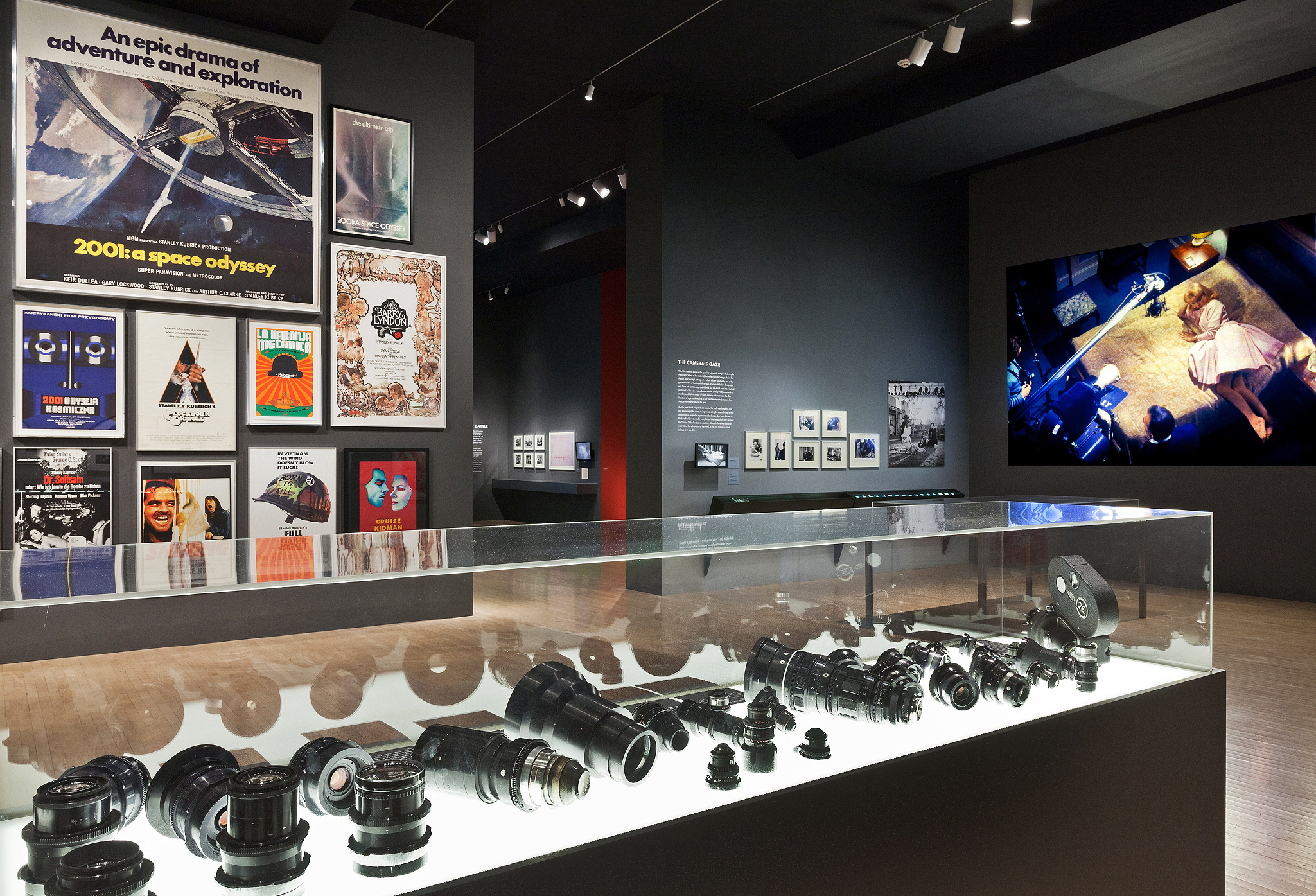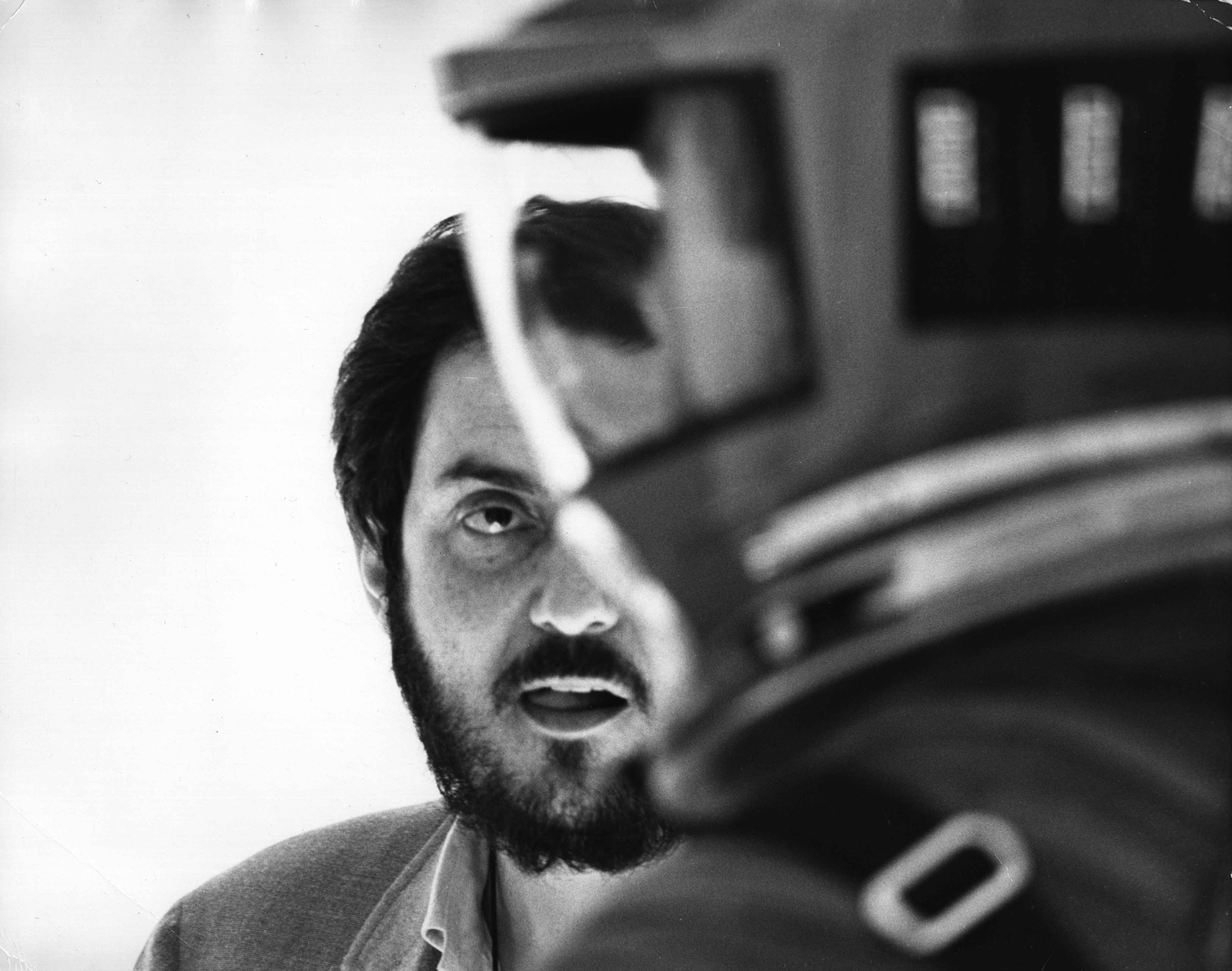
It’s like walking into Stanley Kubrick’s mind. It’s fascinating, troubling and a little bit disturbing. But it’s amazing.
The “Stanley Kubrick Retrospective” showcases more than 1,000 objects from the span of Kubrick’s career, including photos from his early work as a photographer to “Eyes Wide Shut,” the last movie Kubrick directed. The exhibition, which is currently being shown at the Los Angeles County Museum of Art, opened earlier this month, and will run until spring of next year.
Throughout the exhibition, viewers are exposed to the various phases of each movie, from screenplays to costume design to the actual costumes and props. Kubrick’s stylistic choice of music (normally a waltz), is also emphasized in the exhibit.
Walking in through the glass doors of the museum, the viewer is confronted with a short dissertation about Kubrick and his work. Kubrick (1928-1999) was a photographer, screenwriter, producer, director and editor. His movies were controversial, yet masterpieces, as he was nominated for Oscars, Golden Globes and many more awards. Sitting there like a throne is Kubrick’s well-worn director’s chair, which helps viewers to see the power Kubrick held in the movie industry.
The gallery is designed in a circular fashion, as each room connects to another. All of Kubrick’s films are featured, from the movies “Lolita” to “A Clockwork Orange” to “The Shining.” Even Kubrick’s plans, costumes and research for “Napoleon” and “The Aryan Papers” are on display, even though he canceled the films before they were finished.
The first room in the exhibit features two large projector screens showing clips of some of Kubrick’s well-known works, like “Eyes Wide Shut.” In only a few minutes, the movie clips expose the viewer to Kubrick’s style of cinematography and the essence of his themes and techniques.
The main section of the exhibit is much brighter. Each wall is painted either slate grey, charcoal, blinding white, burnt orange or covered in clouds, and are designed to reflect the nature and tone of each individual movie. One wall is covered with an assortment of Kubrick’s movie posters, some large some small, and all exploding with color. Another segment of that room is dedicated to Kubrick’s early career as a photographer for Look magazine.
It displays the camera models he used, and many photographs that Kubrick took, including the one that started his career, a photo of a newspaper vendor collapsed over the newsstand in response to the death of President Franklin Roosevelt. Other photos range from women to models to store boys and clerks.
Perhaps the most striking part of the museum is the section dedicated to “Lolita,” a movie based on the relationship between a young girl and a pedophile. On the wall hangs a seductive photo of actress Sue Lyon, who played Lolita, surrounded by Kubrick’s cameras.
Also displayed are letters from churches to Kubrick, claiming that his work “Lolita” was inappropriate and sinful because of the highly disturbing sexual notions that “Lolita” presented. However, Kubrick did not stop creating films despite this public disapproval.
The main focus of the exhibition is Kubrick’s talented eye and ability to capture the best image on photo. Displayed are all of the technologies that Kubrick used and even invented himself, in order to enhance the on-screen images.
Another focus of the gallery, besides that of Kubrick’s artistic talent, is Kubrick’s psyche. The gallery explores Kubrick’s fascinations, like war. Kubrick’s famous chess set is even displayed as his evidence of his obsession for combat, as well as descriptions of his use of chess in the majority of his movies.
Viewers can see each and every phase of Kubrick’s plans for each film, as well as his mind-set. His use of light and darkness, dramatic music and characters with many different and evolving features and emotions reveals Kubrick’s complicated and dark subconscious.
When viewers walk through the doors of the museum into the retrospective, they leave reality and descend into the world of Kubrick.
